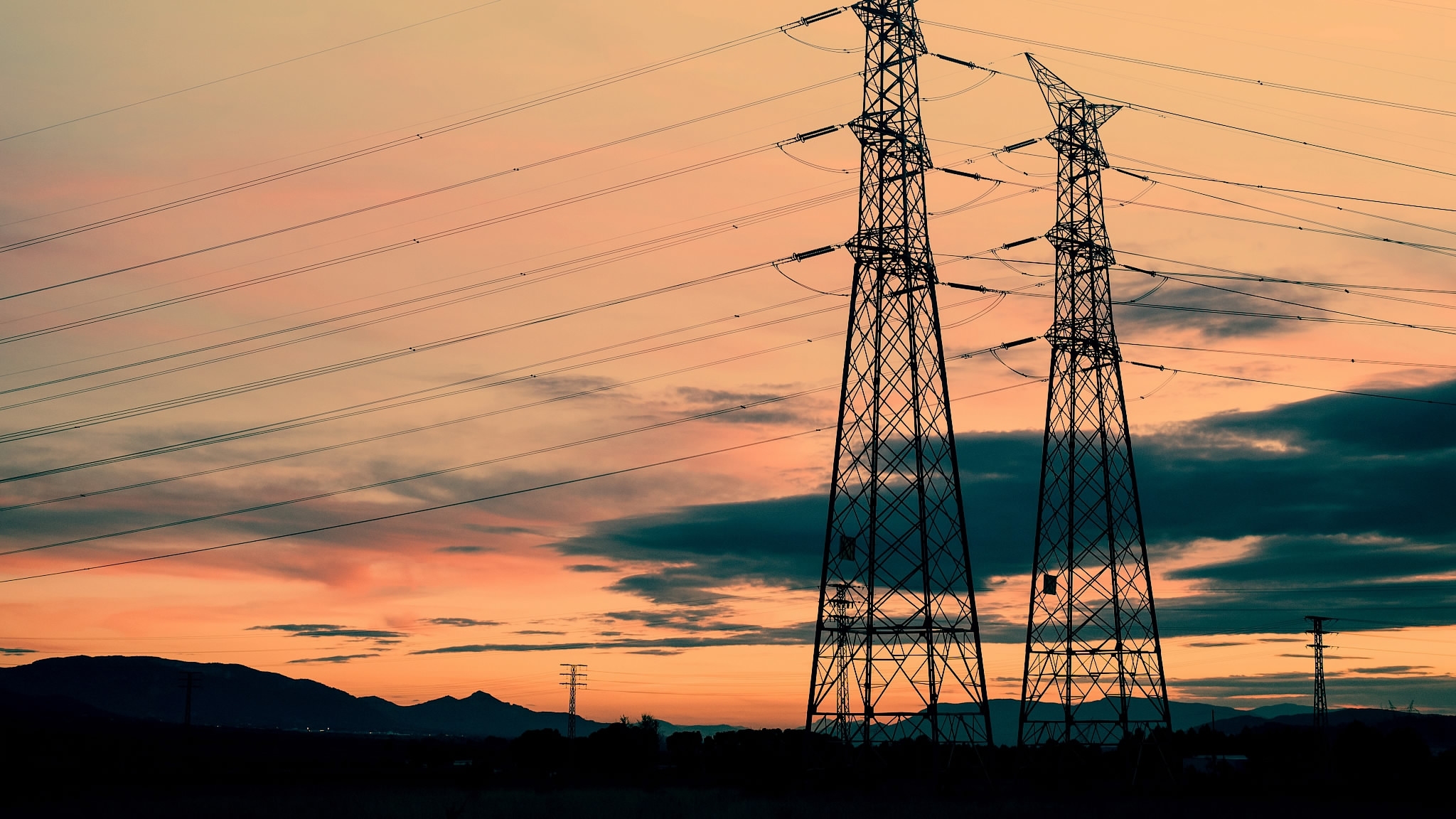
World
15:26, 08-Apr-2018
Analysis: Iran emerges as regional electricity hub with Pakistan, Afghanistan export plans
By Abhishek G Bhaya

Iran is considering plans to increase electricity exports to Afghanistan and Pakistan by linking its power grid to the neighboring countries, according to latest media reports, as the country increasingly looks to become a regional hub of power generation and supply.
"Given the fact that neighboring countries, especially Afghanistan and Pakistan, need electricity, necessary measures should be adopted to link Iran's power grid to theirs," Davoud Manzour, deputy executive director of Iran Power Generation, Distribution and Transmission Company (Tavanir), was quoted by Fars News on Saturday.

A file photo of Davoud Manzour, deputy executive director of Iran Power Generation, Distribution and Transmission Company (Tanavir) /Photo via Fars News
A file photo of Davoud Manzour, deputy executive director of Iran Power Generation, Distribution and Transmission Company (Tanavir) /Photo via Fars News
Iran exports nearly 190 megawatts-hour of electricity to Afghanistan. Since the beginning of the current Iranian year, more than 48,000 megawatts of electricity had been exported to Afghanistan through Dogharoun distribution post, Ehsan Siyahzadeh, director for Taibud Electric Office, claimed in a report by Iran’s IRNA news agency published in late February.
Electricity from Iran is meeting the requirements of over 13,000 households in Afghan villages located close to the Dogharoun border, according to the report.
Last October, the Iranian Ambassador to Pakistan Mehdi Honardoost said his country was ready to supply up to 3,000 megawatts of electricity to Pakistan. Curently, Iran’s power exports to Pakistan hovers around 130 megawatts according to Pakistan’s The Express Tribune newspaper.
Addressing the Islamabad Chamber of Commerce and Industry, the Iranian envoy said that Tehran-proposed gas pipeline project could address energy issues of Pakistan and bring many benefits to its economy by providing cheap power supply.
Strategic power hub

A technician works on an electricity pole a day after it was damaged in a blast in Kabul, Afghanistan, March 2, 2017. /VCG Photo
A technician works on an electricity pole a day after it was damaged in a blast in Kabul, Afghanistan, March 2, 2017. /VCG Photo
Manzour asserted that Iran is expected to turn into a regional hub in power generation and supply, maintaining that it currently exports 1,400 megawatts of electricity to Iraq which is one of its biggest buyers.
Iran’s Deputy Energy Minister for Electricity and Energy Affairs Houshang Falahatian had earlier revealed the country’s plans to synchronize its electricity network with those of other regional countries through joint ventures.
"Iran Power Generation, Distribution and Transmission Company [known as Tavanir] is in talks to synchronize Iran's electricity network with that of Iraq in a collaboration that could potentially be extended to other neighbors," he was quoted by IRNA as saying.
"The initiative will not only pave the way to connect the electricity grid with other neighboring states, namely Jordan, Lebanon and Syria, but also enables Iran to promote its electricity exports to Pakistan and Afghanistan," Falahatian added
This January, Iran's Deputy Energy Minister for International Affairs Alireza Daemi reiterated Iran’s plans to boost power exchanges with regional states, particularly its neighbors. Daemi said that the Islamic republic is planning to increase electric exchanges with regional countries, including Russia, Tajikistan and the Persian Gulf littoral states. Iran is in pursuit of creating an electric power transmission network in the region, he added.
The Iranian Energy Ministry, based on its vision plan, is working toward turning the country into a strategic electric power hub, Daemi had said echoing the latest remarks by Manzour.
"The current power grid network and the exchanges of electricity enable Iran to be connected to Georgia via Armenia's power grid and to Slovenia and Europe via Turkey," he added.
Expansion of capacity

A man changes a bulb at nightfall in Chota Lahore camp, Swabi district, in Pakistan's northwestern Khyber Pakhtunkhwa province, May 24, 2009. /VCG Photo
A man changes a bulb at nightfall in Chota Lahore camp, Swabi district, in Pakistan's northwestern Khyber Pakhtunkhwa province, May 24, 2009. /VCG Photo
Iran has pursued the expansion of its electricity capacity in the past 15 years to meet growing domestic demand as well as opportunities to export regionally.
Iran is the largest exporter and importer of electricity in the Middle East and currently exports power to Pakistan, Turkey, Iraq and Afghanistan, according to Iran’s Financial Tribune newspaper. In addition, Iran exports electricity to Armenia and Azerbaijan in winter and imports it when domestic demand soars in summer, under swap deals.
The country had also signed an agreement to export electricity with India along with Pakistan in 2012, in which Iran agreed to deliver 4,000 megawatt to India through Pakistan.
According to latest data released last October, Iran’s electricity exports rose nearly 25 percent between March and September from the same period a year ago.
"Around 5.16 million kilowatt-hours of electricity were exported to neighbors in six months compared to 4.14 million kilowatt-hours in the first half of the previous fiscal year, up more than one million kilowatt-hours,” Falahatian was also quoted as saying by IRNA.
An Iran’s Energy Ministry report, released last year, revealed the country's revenue from power exports amounted to 3.37 billion US dollars between September 2013 and May 2017.
Falahatian added that more than 40.12 billion kilowatt-hours of power were exported to neighboring states in the period. Furthermore, 54 new power plants became operational and the country's installed capacity experienced an 8,000-megawatt increase, standing at 77,000 MW.
Iran’s electricity strategy appears to be in line with the country’s efforts to position itself as a prominent regional player and increase its neighbors’ inter-dependencies on Iran’s energy sector.
This is also to buffer the Islamic republic from any future US and Western attempts to isolate the country through sanctions, which will be undermined by a region dependent on Iran.
(With input from agencies)
5602km

SITEMAP
Copyright © 2018 CGTN. Beijing ICP prepared NO.16065310-3
Copyright © 2018 CGTN. Beijing ICP prepared NO.16065310-3